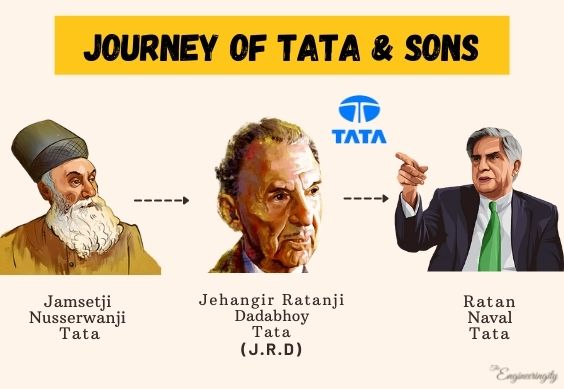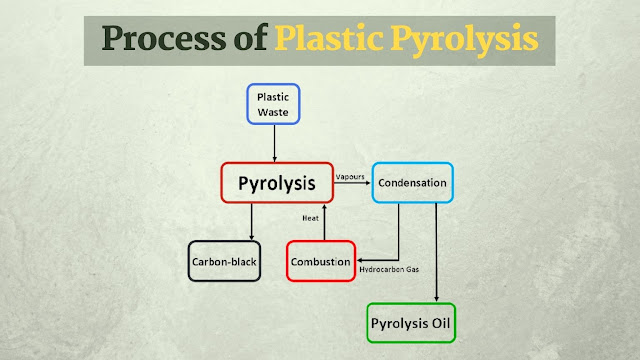Rudolph Christian Carl Diesel was a German inventor and Mechanical Engineer famous for the invention of the Diesel Engine and his suspicious death at Sea. Diesel was born in Paris France in 1858. He was the second of three children of Elyse and Teodor diesel his parents were Bavarian immigrants living in Paris. Theodore Diesel a bookbinder by trade left his hometown of Augsburg Bavaria in 1848. He saw his wife, a daughter of a Nuremberg merchant in Paris in 1855 and evolved as a leather goods manufacturer there.
Only a few weeks after his birth diesel was given away to vincent's farmer family where he spent his first nine months when he was returned to his family. They moved into flat 49 in the Ruta la Fontaine ROI at the time, the diesel family suffered from financial difficulties thus young Rudolph diesel had to operate his father's workshop and supply leather goods to customers using Ibero. He attended a protest in french school and soon became interested in social questions and technology being a very good student at the age of 12 diesel received the sauce tape or lon struccione la montaire bronze medal and had plans to enter a cold premier superhero in 1870.
At the outbreak of the Franco-Prussian War the same year his family was forced to leave as were many other Germans. They decided to stay in London where diesel attended an English school before the war stopped regardless diesel's mother sent 12-year-old Rudolph to Augsburg to stay with his aunt and uncle Barbara and Christophe Barnicle to become formal in German and to visit the koniglichi christ cure Betul, where his uncle taught him math at the age of 14.
Rudolf Diesel's interest in engineering
Diesel wrote a note to his parents expressing that he desired to become an engineer. After completing his primary education and being excellent in his class in 1873. He registered at the newly established industrial school of Augsburg two years later he obtained a merit scholarship from the royal bavarian polytechnic of Munich which he accepted against the desires of his parents who would preferably have witnessed him start to work, one of the diesel's professors in Munich was Carl von land diesel was unable to graduate with his class.
In July 1879 because he was suffering from typhoid fever while postponing the next examination date he gained practical engineering experience at the Salzer brother's machine works in Winterthur Switzerland. Diesel graduated in January 1880 with the highest academic honors and returned to Paris where he helped his former Munich professor carl von land with the layout and construction of a modern refrigeration and ice plant diesel became the director of the plant one year later. In 1883 diesel tied the knot with Martha flasch and continued to work for Varl von land achieving multiple patents in Germany and France.
An Engine that can fulfill Carnot cycle efficiency
In early 1890 diesel moved to Berlin with his wife and children Rudolf jr, Hedy, and Eugene to consider management of lin's corporate research and development department and to merge several other corporate boards there as he was not permitted to use the patents he developed while an employee of Linz for his purposes he extended beyond the field of refrigeration. Before that Karl Benz had created the first car by making history. He foremost worked with steam his research into thermal efficiency and fuel efficiency led him to construct a steam engine using ammonia vapor, during tests however the engine blasted and almost killed him.
His research into high compression cylinder pressures experimented with the strength of iron and steel cylinder heads one blasted during a run-in he spent many months in a hospital followed by health and eyesight problems ever since attending lectures of carl von land. Diesel planned to design an internal combustion engine that could cover the maximum theoretical thermal efficiency of the Carnot cycle, he also worked on this idea for several years and in 1892 he considered his theory to be finished the same year diesel was awarded the German patent drp 67207.
Innovation of Diesel Engine
In 1893 he issued a treatise entitled theory and construction of an analytical heat engine to substitute the steam engine and the combustion engines known today that he had been functioning since before 1892, this treat has developed based on his work on the innovation of the diesel engine by summer 1893 diesel had recognized that his initial thesis was incorrect which led him to file another patent application for the updated theory in 1893. Rudolf learned thermodynamics and the hypothetical and functional constraints on fuel efficiency he understood that as much as 90% of the energy left in the fuel is wasted in a steam engine. His work in engine design was operated with the goal of much higher efficiency ratios in his engine. Fuel was injected at the end of the compression stroke and was ignited by the high temperature resulting from the compression from 1893 to 1897 Heinrich von buzz director of manusc in Augsburg permitted Rudolph diesel to test and materialize his ideas.
When did the first diesel Engine Run?
The first successful Diesel Engine ran in 1897 and it has been displayed at the German Technical Museum in Munich. Rudolph Diesel received patents for his design in Germany and different countries including the U.S. he was also inaugurated into the automotive hall of fame in 1978.
The Tragic Death Of Rudolf Diesel
On the nightfall of September 29, 1913, Rudolf diesel boarded the GER Steamer SS Dresden in Antwerp (City in Belgium) on his way to a conference of the compressed diesel manufacturing company in London He had dinner on board the ship and then headed to his cabinet about 10 p.m departing word to be called the next morning at 6:15 a.m but he was never seen alive again. In the morning his cabin was vacant and his bed had not been slept in although his nightdress was neatly spread down and his watch had been left where it could be seen from the bed. His hat and neatly folded overcoat were found beneath the after-deck railing.
10 days later the crew of the Dutch boat compelled and came upon the carcass of a man floating in the north sea near Norway. The body was in such an advanced state of decomposition that it was unrecognizable and they did not carry it aboard instead the crew retrieved personal items from the clothing of the dead man and returned the body to the sea on the 13th of October. These items were identified by Rudolph's son Eugene diesel as belonging to his father on the 14th of October 1913 it was reported that diesel's body was found at the mouth of the scalp by a boatman but he was forced to throw it overboard because of heavy climate there are different theories to describe diesel's death certain people such as his biographer Grosser and Hans Alcitauer argue that Rudolph diesel committed suicide. Another line of thought suggests that he was murdered, given his refusal to grant the german forces the exclusive rights to use his invention.
Indeed diesel boarded the SS Dresden with the intent of meeting with representatives of the British royal navy to discuss the potential of powering British submarines with diesel engines he never made it ashore. Yet the proof is limited for all explanations and his disappearance and death remain unsolved. Shortly after diesel's disappearance, his wife Martha opened a bag that her husband had given to her just before his ill-fated voyage with hints that it should not be opened until the following week. She discovered 2,00,000 german marks in cash and several economic statements hinting that their bank accounts were almost empty.
In a diary diesel carried with him on the ship for the day, the 29th of September 1913 was sketched possibly predicting death.
When did the Automotive sector adopt Diesel Engine
Development of Diesel Engine
After diesel's death, his engine experienced much development and became a very crucial alternative for the steam piston engine in many applications. The diesel engine required a fattier more powerful structure than a gasoline engine it saw restricted use in aviation. Nevertheless, the diesel engine became across-the-board in many other applications such as stationary engines agricultural machines, off-highway machinery in general submarines, ships, and much later locomotive trucks, and modern automobiles.
The diesel engine has the benefit of running more fuel-efficient than gasoline engines due to much higher compression ratios and longer duration of combustion which means the temperature rises more slowly allowing more heat to be converted to mechanical work diesel was interested in using cold dust or vegetable oil as fuel and in fact, his engine was running on peanut oil. Although these fuels were not immediately popular during the 2008 uprising fuel prices coupled with troubles about oil reserves have led to the more widespread use of vegetable oil and biodiesel the primary fuel used in diesel engines is the eponymous diesel fuel derived from the refinement of crude oil diesel is securer to store than gasoline because its flash point is roughly 175 degrees Fahrenheit higher and it will not burst.
What else did Rudolf Diesel Invent?
One more interesting thing is that Rudolph Diesel’s interests went beyond motors and fuels. He even acquired a patent on a solar-powered air engine, which makes him a more interesting pioneer of energy and technology than we may ever have known, a man before his time. He was also known as the Father of Compression Ignition.
The Automobile Engine will come and then I will assume my life's work is complete.























